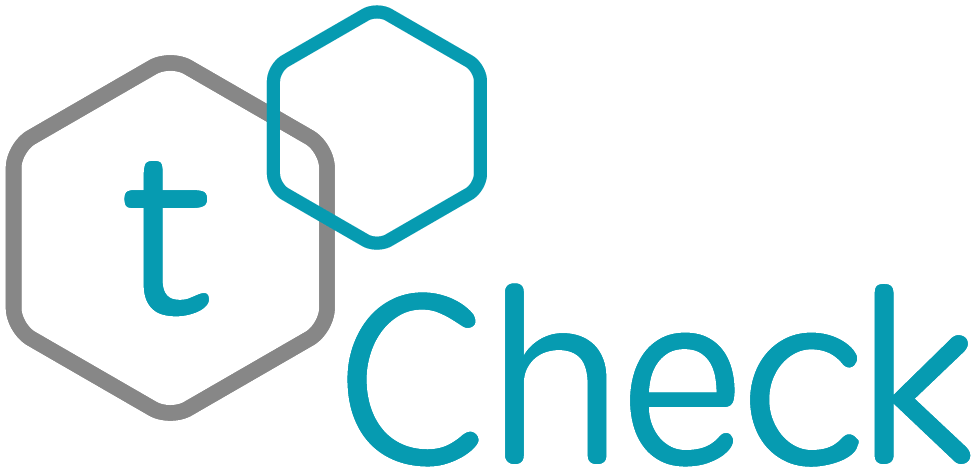My results are saying >15. What does that mean?
How do I test material outside of your measured range?
Our device has a measurement range. Anything outside of that range will either display a greater than (>) or less than (<) symbol.
Measured Ranges:
- Olive Oil: 1 ~ 15 mg/ml
- Coconut Oil (MCT): 1~15 mg/ml
- Alcohol: 1~15 mg/ml
- Butter/Ghee: 1~15 mg/ml
- Flower test: 1~40 %
- Concentrates: 1~90 %
Due to the physics that tCheck uses to make measurements, there are certain limits to what it can measure. This is like using a ruler to measure the length of a dinner table. With a bit of care, it can be done with a reasonable degree of accuracy.
Here are simple-to-follow instructions on how to dilute an infusion:
- If you have 0.5 ml of infused material and diluted it with 0.5 ml of uninfused material, you would multiply by two (i.e., 1 part + 1 part = 2 parts).
- If you dilute to a more significant amount, you will continue to add a factor. For example, if you took 0.5 ml of infused material and 1 ml of uninfused material, you would multiply by 3 and so forth (0.5 ml to 1.5 ml = multiply by 4).
Formula:
Infused:Uninfused - Multiplication Factor (after dilution multiply the result given by the tCheck 3 by this number)
- 0.5:0.5 - 2
- 0.5:1 - 3
- 0.5:1.5 - 4
- 0.5:2 - 5
- 0.5:2.5 - 6
- 0.5:3 - 7
- 0.5:3.5 - 8
- 0.5:4 - 9
- 0.5:4.5 - 10
(Dilution result) X (Multiplication factor)
(After multiplying dilution) = (Actual mg/ml of your created tincture)
You can also watch a video on how to dilute an infusion here: tCheck: How to Dilute a Test Sample
Dilution FAQ’s:
Question: When do I Need to Dilute?
Answer: If you are getting a result that reads “> # ”. This means that your solution is too dark for the tCheck to get an accurate reading. It also means that you will need to dilute your solution.
Question: What is dilution?
Definition of Dilution
Dilution is the process of decreasing the concentration of a solute in a solution, usually simply by mixing with more solvent like adding more water to the solution. To dilute a solution means to add more solvent without the addition of more solute.
Testing Infusion
Example 1: You can add more of the non-infused base material (i.e., plain coconut oil/MCT) to dilute it until it will test within the measurement range.
orange juice
Example 2: You can add water to concentrated orange juice to dilute it until it reaches a concentration that is pleasant to drink.
Question: What Does This Mean for My Results?
Answer: When you take one part of a solution, and you double it, you now have half of the THC in it, so that you would multiply by 2.
Example: If you have 0.5 ml of infused material, and you diluted it with 0.5 ml of uninfused material, you would multiply by two. If you dilute to a larger amount, you would continue to add a factor. For example, if you took 0.5 ml of infused material and 1 ml of uninfused material, you would multiply by 3 and so forth (0.5 ml to 1.5 ml = multiply by 4).
Question: What is the procedure?
Answer:
Measure out a precise volume of your infusion (For example 0.5 ml).
Measure out 2x the volume of the uninfused base oil (if you first measured out 0.5 ml, you would measure out 1 ml of the uninfused base).
Mix thoroughly. Proper mixing is vital to getting an accurate reading.
Use tCheck to measure the potency of the diluted solution.
Multiply the measurement reading in mg/ml form by 3. This is the potency of your original infusion. Be sure to use this final amount you have calculated when dosing.
Question: What does it mean if my results are showing <1?
Answer: If your test results showed a <1 then the infused material is too weak to display a result within our measurement range. We can't test below 1%.



